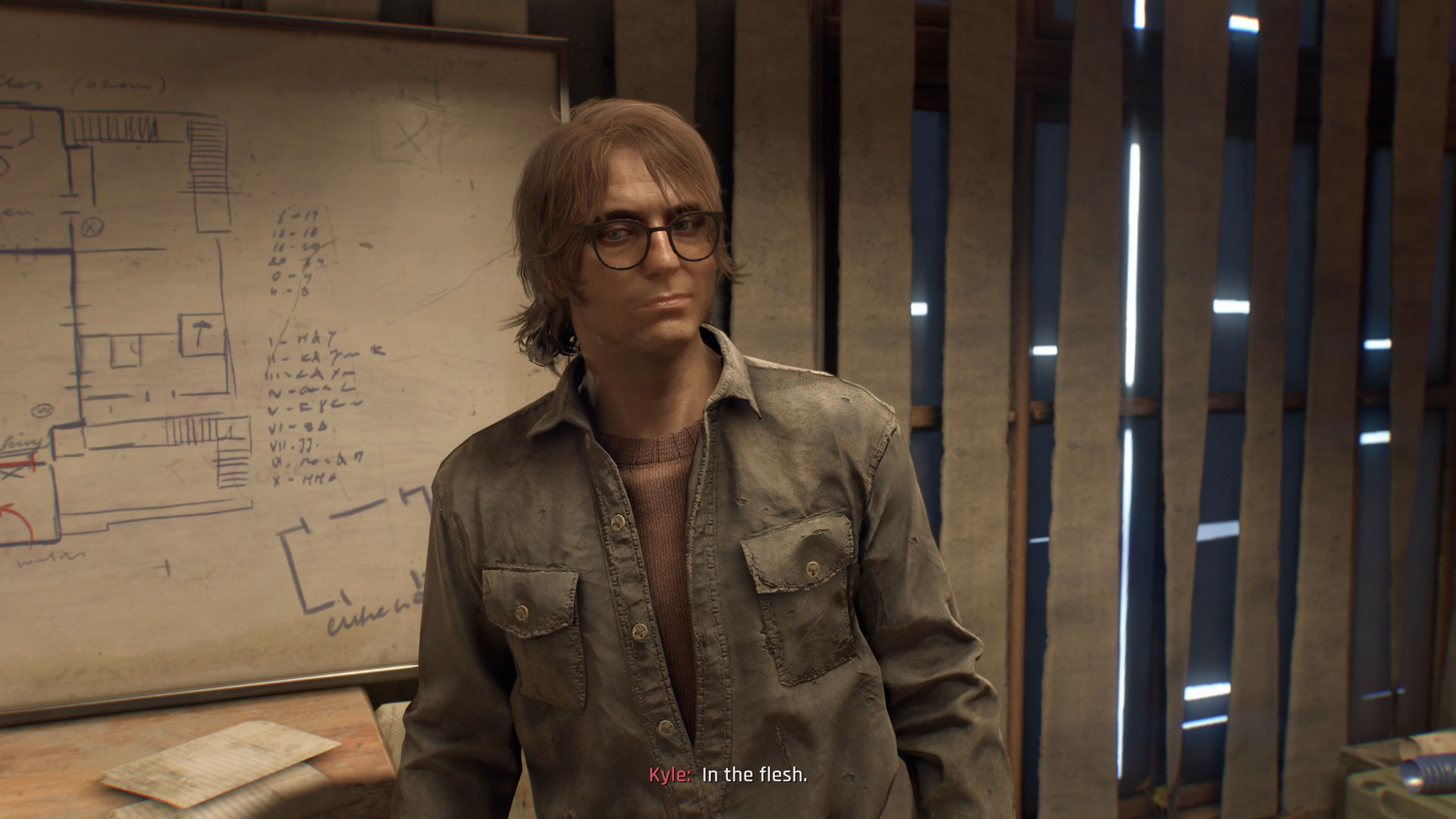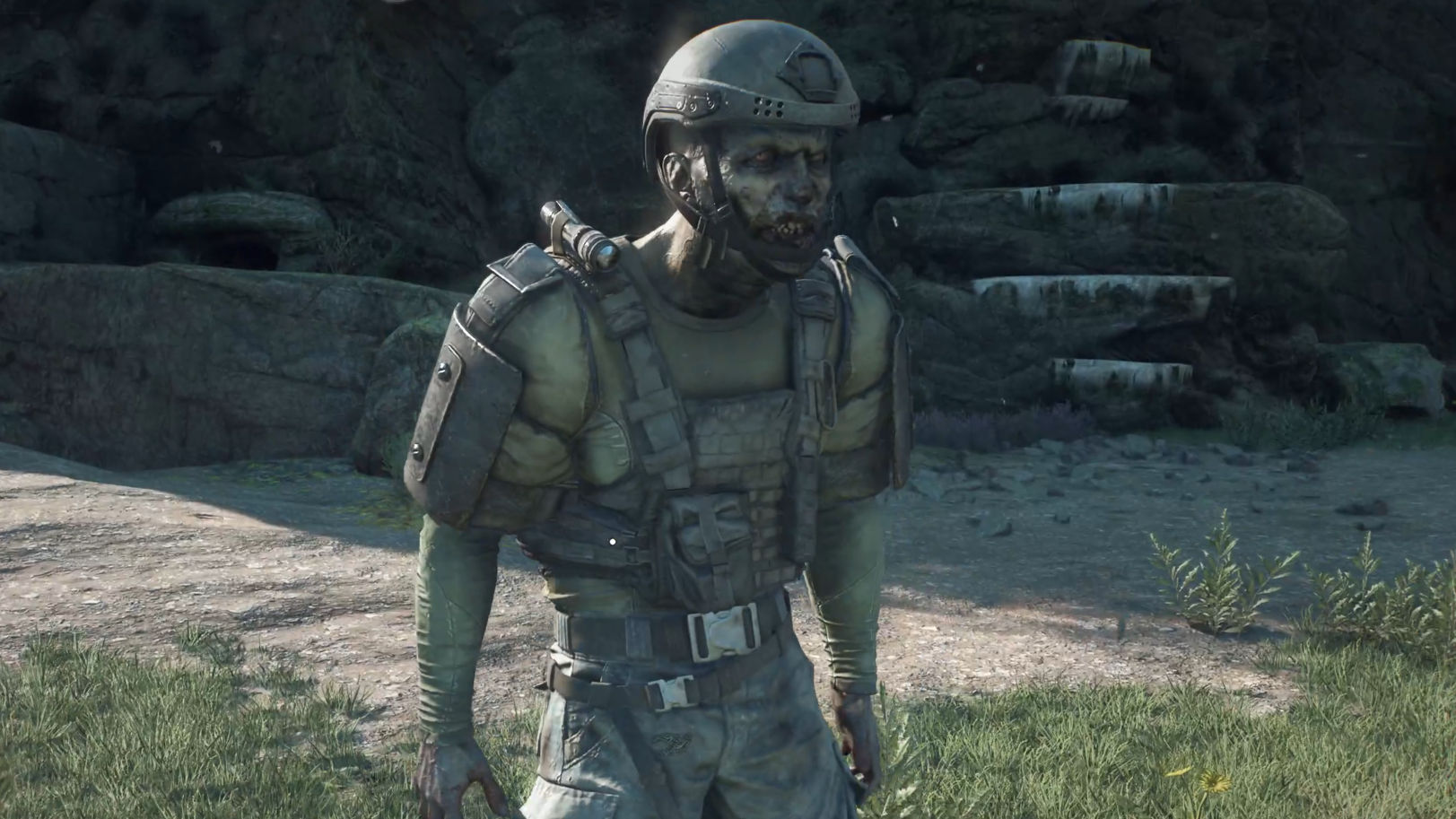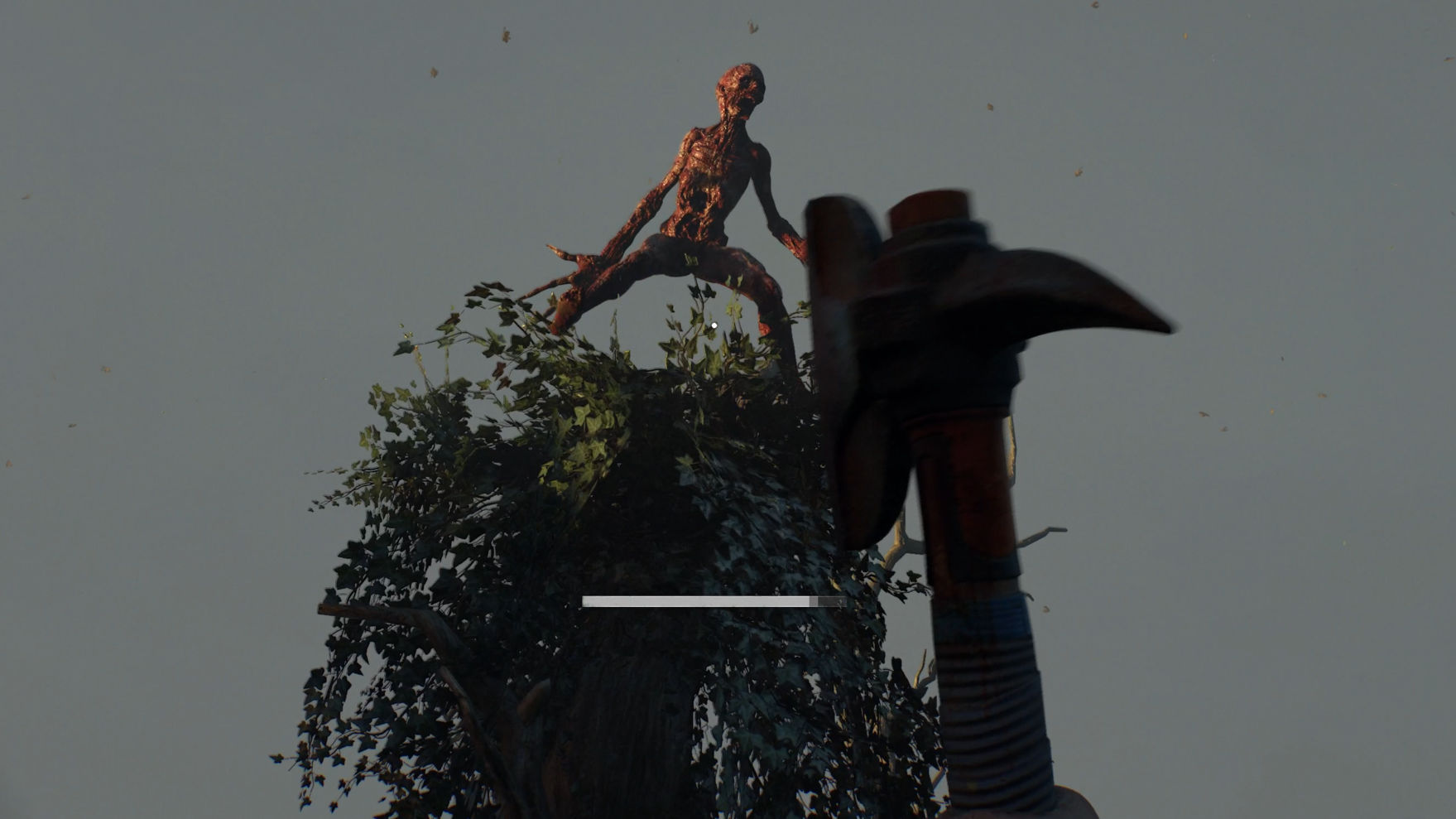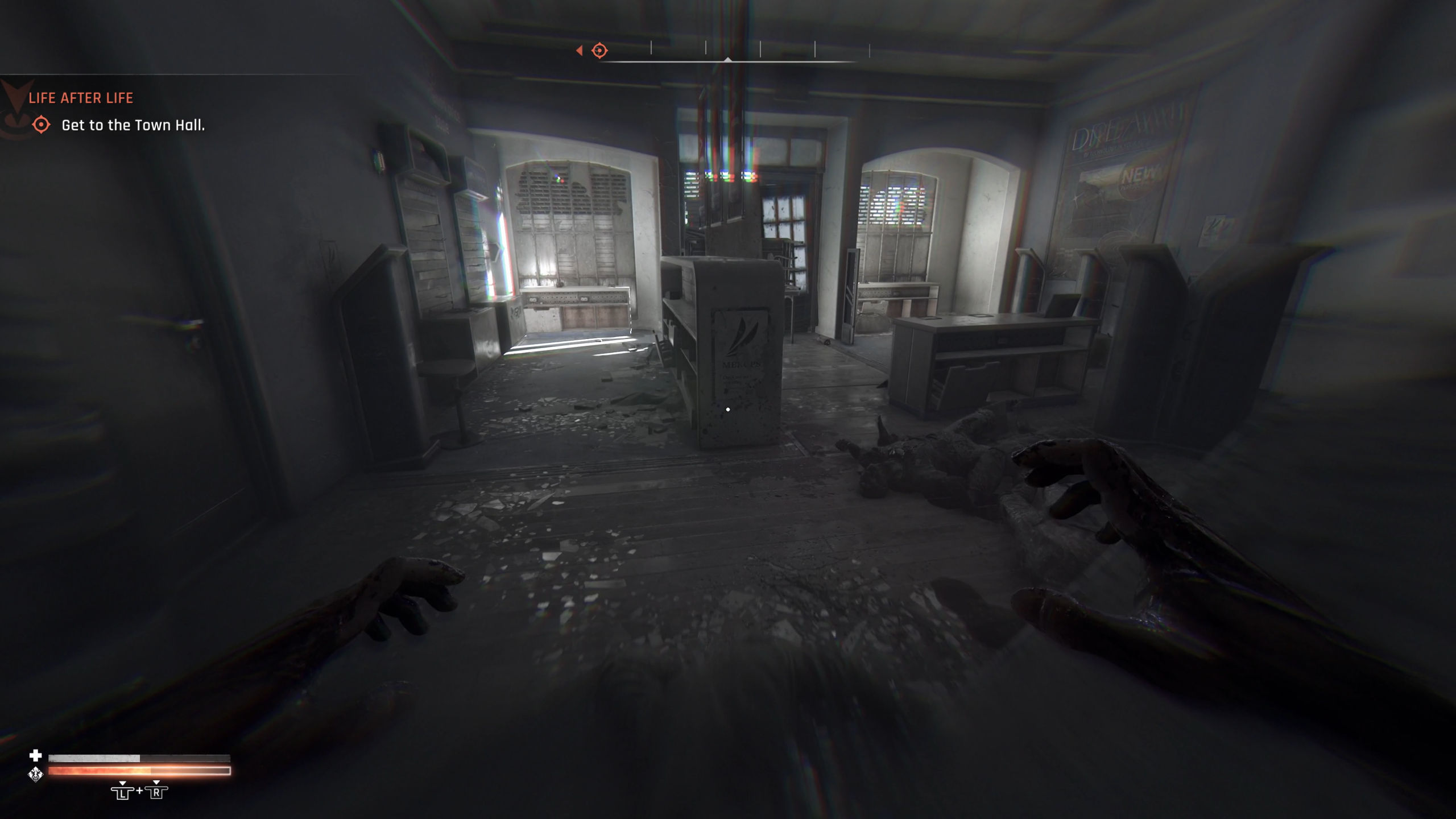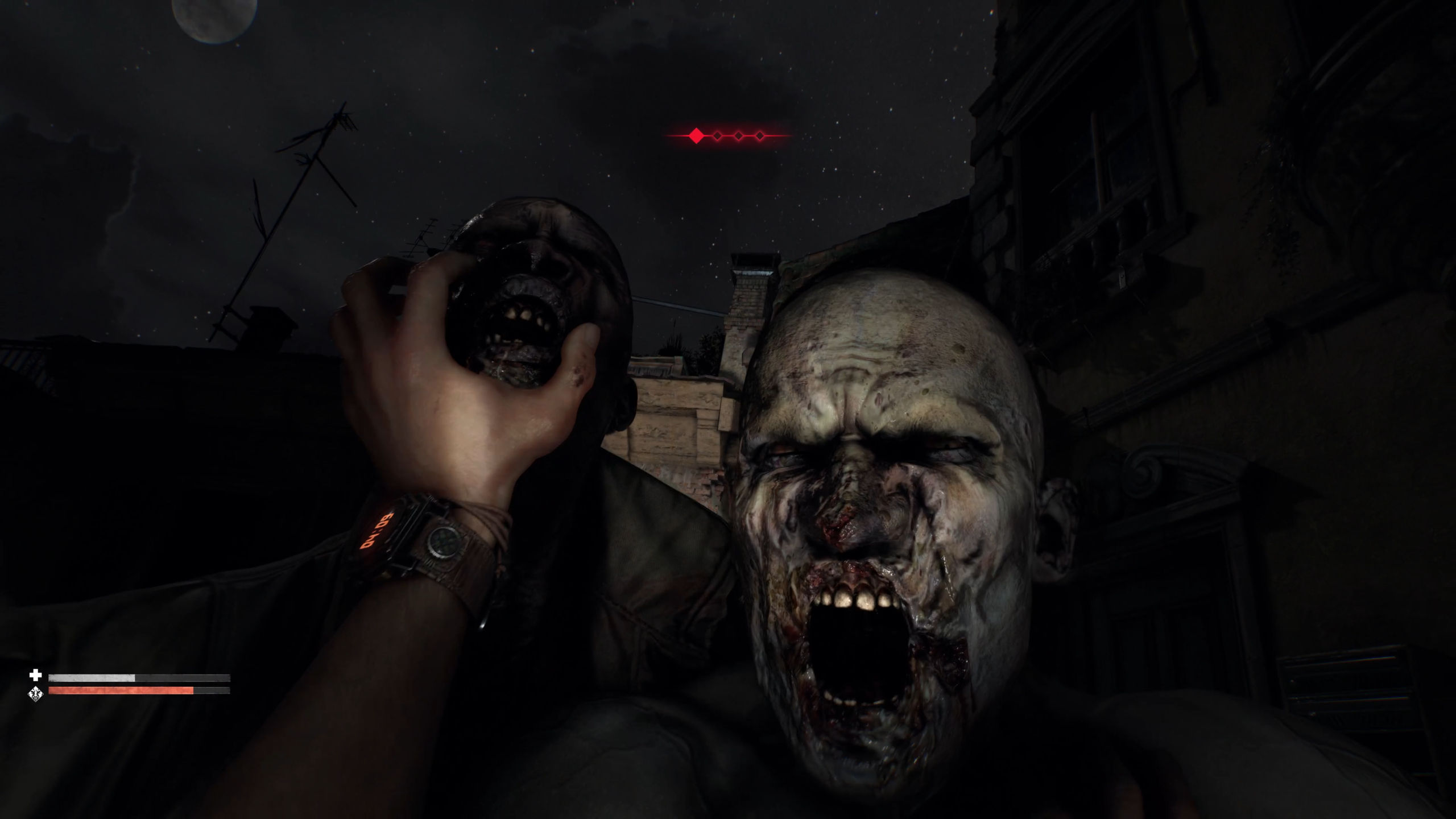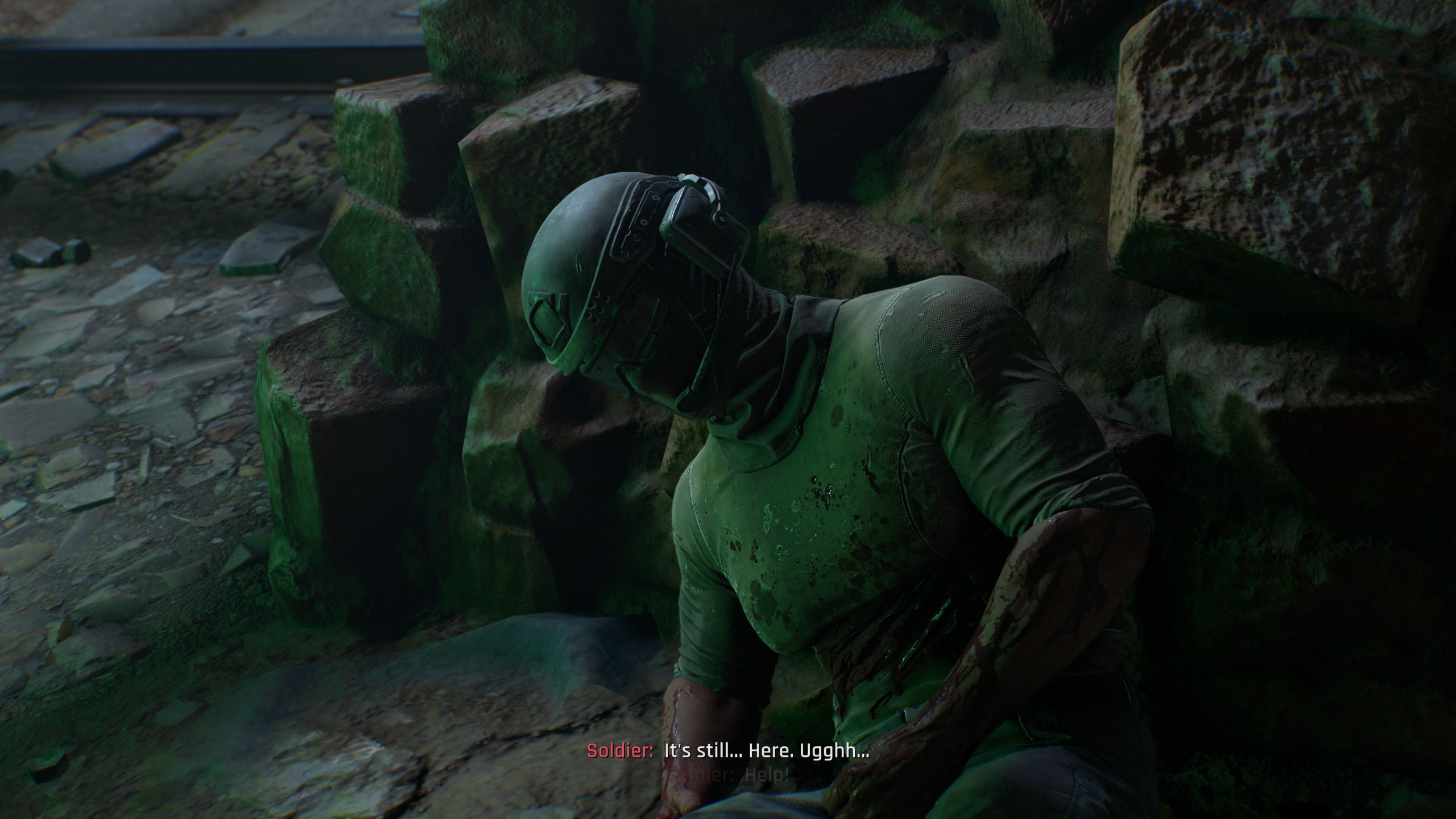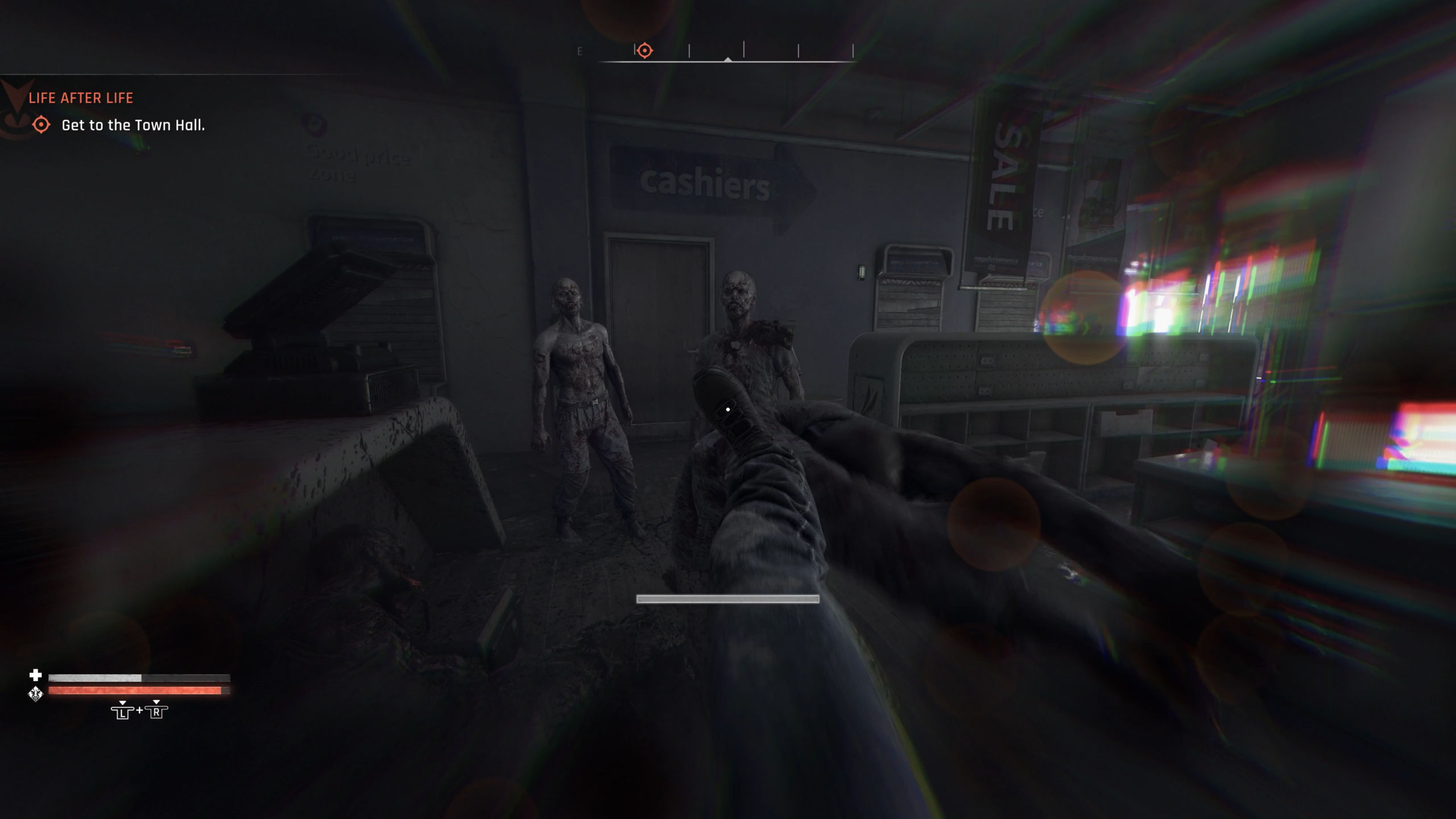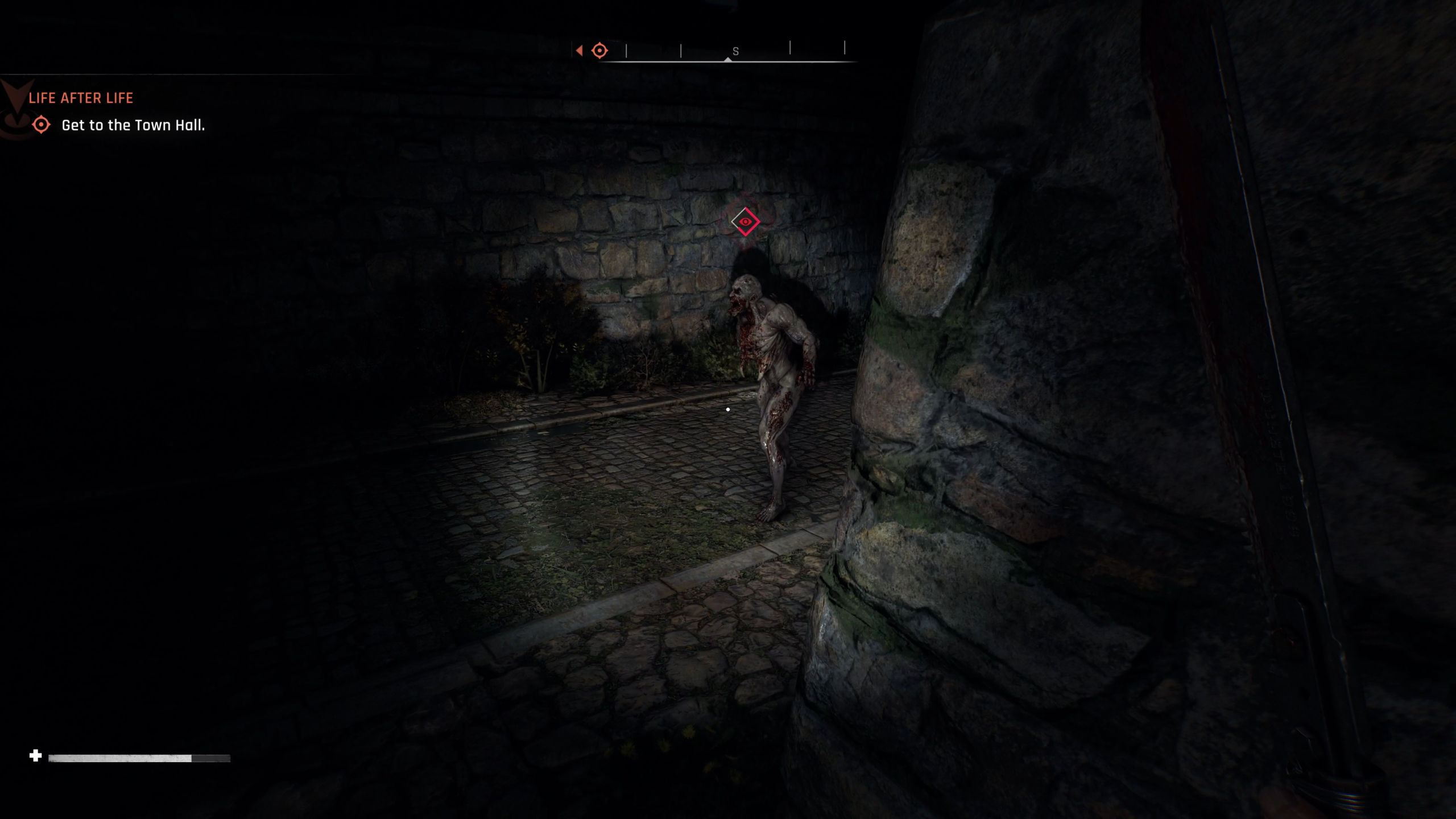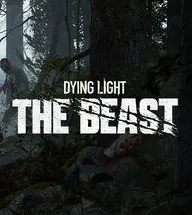"We underestimated how much they loved him" — Dying Light franchise director talks Kyle Crane's return, gore fidelity, and experimenting with the game formula
I spent 4 hours with a hands-on preview of Dying Light: The Beast before sitting down to chat with Dying Light franchise director Tymon Smektala. I now have a new understanding of what makes this open-world zombie RPG special for the community and developers alike.
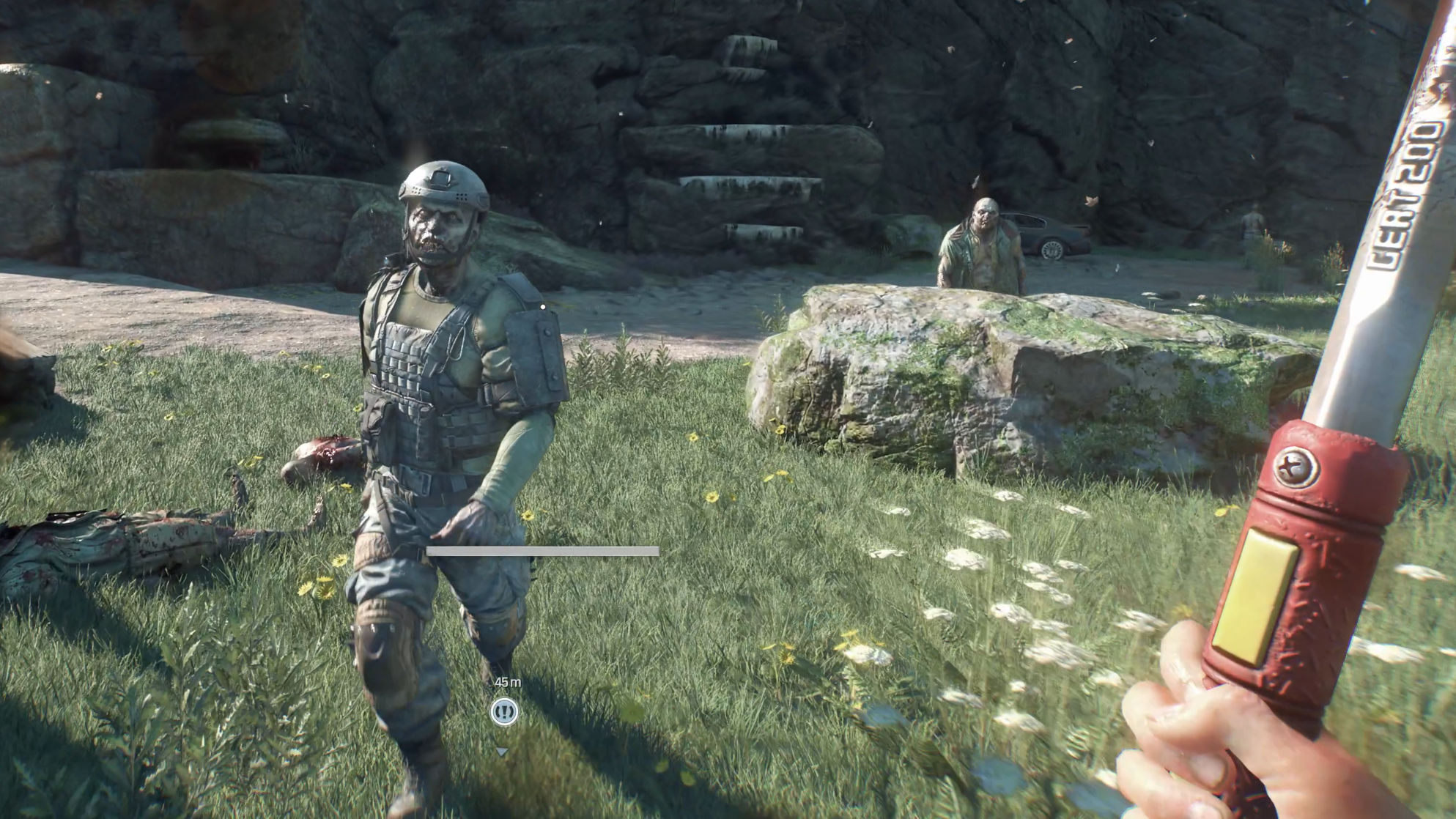
In the early months of 2015, the Poland-based development team at Techland released Dying Light — an open world, brutally violent take on the zombie genre that ushered in unique gameplay loops with its day and night cycle and reliance on parkour.
It wasn’t Techland’s first zombie game (that honor goes to 2011’s Dead Island) but it would be the title that would introduce the world to the Hero of Harran, Kyle Crane.
Crane’s story as the protagonist of Dying Light would continue in the DLC The Following that released in 2016. However, when 2022’s Dying Light: Stay Human was unveiled by Techland, Crane was notably absent and a new protagonist, Aiden Caldwell, was in the spotlight.
Aiden’s reveal shook up the Dying Light community, who still had questions about what had come of Crane after the events of the DLC.
“To be honest, we underestimated how much [the community] loved him,” said Tymon Smektala, the franchise director for Dying Light at Techland.
“I have been doing a lot of interviews for Dying Light. I’ve been doing this for 10 years! If I were to name just one question that I was getting every time, whether we are meeting with the community or in an online AMA session, it was one thing: What happened to Kyle Crane after Dying Light 1? What is the canon version of his story after Dying Light 1? We decided to finally answer that.”
Fans of the Dying Light franchise can pin the return of Kyle Crane for Techland’s upcoming standalone, Dying Light: The Beast, on the community at large and also the development team’s own love of the character.
All the latest news, reviews, and guides for Windows and Xbox diehards.
“There is basically a fan club of Kyle Crane at our studio,” said Smektala, who chuckled while describing how Techland’s environment director has an entire office decorated with Crane photos and memorabilia.
“The combination of the pressure from our community and our own motivation and willingness to get back to the character led us to that point. Especially for the tenth anniversary of the series, it just felt right.”
Prior to speaking with Smektala, I had the opportunity to sit down and go hands-on with Dying Light: The Beast. It had been several years since I had last stepped into the world of Dying Light, but slipping into the shoes of Kyle Crane immediately felt comfortable.
Roger Craig Smith, the original voice actor for Crane, reprised his role for Dying Light: The Beast, bringing the charm of the gruff and abrasive hero to life as his story takes him to a more remote destination: Castor Woods.
The vibrant green landscape of a national park is a unique destination for a zombie franchise like Dying Light. The series relies heavily on parkour for navigation, with players climbing and clamoring across rooftops to avoid the swarms of Virals shambling in the streets during the day, and to escape the more lethal zombie variants that chase you through the streets at night. “We wanted to see if we could create Dying Light gameplay somewhere else, not just in the city,” said Smektala.
“We wanted to test those different kinds of geometric environmental setups. We were very hesitant when we were doing this. But we discovered that Dying Light can actually work outside the city. Dying Light can work when we leave the player in the forest or in the farm field. Those new environments even add new layers, colors, and flavors to how the player feels about playing Dying Light."
I’m saying this half jokingly, but I think we need to clear our browser history each month because of what our artists have to go through to make sure the brutality feels right,
Tymon Smektala, franchise director for Dying Light: The Beast
“For example, in the farm fields, one of the things that we have discovered is that it makes players much more vulnerable and fragile. It's a very nice feeling to give to players when you think about the fact that it is a survival game. Survival games work best when you are fragile and exposed to enemies.”
Smektala’s words rang true in my mind as I trudged through the swampy marsh of Castor Woods for myself, slowly chasing after one of Dying Light: The Beast’s Chimeras — massive, hulking undead beasts that are as intriguing as they are grotesque. As night began to fall, I grew increasingly nervous about the upcoming encounter.
I had wandered out to this Chimera fight without an escape plan, and I couldn’t just shimmy my way up to a rooftop or through a tight alley if things turned sour.
While Dying Light: The Beast has introduced vehicles, I didn’t think it through to bring one along. Although, the lack of gas stations in the forest probably meant that it wouldn’t have made any difference if I had.
Standing in the middle of the forest at night, it didn’t matter how many swarms of the undead I could smash with a hammer while running through the streets of an old village. It didn’t matter how fast I could leap across rooftops or swing from antennas.
All that mattered at that moment was whether I could survive the Chimera and the other screeching horrors that lurked in the darkness of that swamp. I held my breath and whittled away at the creature, even when I could barely see it, trying to anticipate any jump scares like one that had actually startled me earlier in the preview.
I worked at the Chimera’s health bar, gradually breaking the shovel and hammer and machete I had equipped as melee weapons. Propped up entirely by copious amounts of bandages and quickly snacking on protein bars I had scavenged while still in the city, I found myself with nothing more than a handgun and a few bullets left to my name.
But before I was forced to admit defeat to the Chimera, I spotted the nearly full bar for Crane’s inner Beast mode, indicating the new feature could soon be activated.
“This is a survival game where, from time to time, we allow players to have this moment of cutting loose, getting unhinged, and turning the tables against the world,” said Smektala of Beast mode. He described the new feature as one of the few areas of Dying Light that the development team decided to experiment with.
“We allow ourselves to add new things to the formula, but we are also very careful about it.”
Despite experimenting with new features like Beast mode and new environments like the farm fields and forested hills of Castor Woods, Smektala says that the team has learned over the last 10 years what is important to the formula that makes a Dying Light game.
“On the surface, it's kind of obvious,” he said, “It’s the first-person parkour, it’s the focus on melee weapons, it’s the day and night cycle that changes the visuals and the gameplay. It’s important to dig deeper, because Dying Light games are made with a number of details that you might miss.
“As developers, we need to understand those details. We need to understand the balance of the mechanics of the game: how many hits you should be able to take with your weapon before you run out of stamina, or how many hits you should deal to a regular zombie to kill it. Those might seem like trivial things, but if you mess them up or if you change them…it suddenly becomes a different game.”
With Crane’s beast mode activated, I found myself with a renewed vigor. No longer armed with weapons, Crane mercilessly beat back the swarm that had descended upon him with his bare fists, ripping apart the zombies in an unmatched level of gory detail as I mashed the triggers on the Xbox controller.
Crane grabs at the swarm, violently ripping away limbs and beheading the ghouls with gloriously accurate blood splatter.
“I’m saying this half jokingly, but I think we need to clear our browser history each month because of what our artists have to go through to make sure the brutality feels right,” said Smektala.
Techland takes pride in its dedication to gore representation in the Dying Light franchise, and the team spared no expense in crafting a bloodbath for Dying Light: The Beast.
Earlier this year, the team released a Dev Diary video showcasing the art team’s use of photogrammetry technology, buckets of fake blood and dish soap, and an actor to create realistic blood splatter maps.
“There is a number of technical and creative decisions which leads to a place where you can play a game and suddenly there is a zombie with his scalp off and half of his jaw torn off trying to grab you — and you see all the graphics details right in front of your eyes.”
Smektala described the team’s use of anatomy books, medical records, and even criminal records as well as other representation of gore in Zombie media as inspiration. “You have to have a strong stomach to work on that level of graphical fidelity when it comes to representation of fighting. We definitely wanted to level up what we are doing in that regard.”
The intense graphical fidelity of Dying Light: The Beast doesn’t begin and end with gore. It oozes into the new environments in every scene.
Techland’s art team were dedicated to making sure the foliage of Castor Woods was biologically correct.
“Castor Woods is a fictional place, but it is inspired by the Swiss Alps,” said Smektala, “Our artists spent a lot of time analyzing the actual plants and trees that grow in that region. They bought a lot of botanical books about that ecosystem, and they recreated as much of it as they needed to create a virtual representation of it.”
Despite the efforts toward accuracy, there was still some room for the team to take artistic liberties. Smektala shared an anecdote about a team of artists who live in an area dubbed “the Polish Alps.”
“Of course, Poland doesn’t have an Alps!” Smektala added, “But there is a small region called the Polish Alps that are also in the mountains, and the ecosystem is quite similar. So they started sneaking in some of the things and places that they know from the Polish Alps into the world of Castor Woods. You’ll find buildings that are basically taken from this Polish region that is some 2000 km away from the Swiss Alps.”
With so much attention to the detail of the gore and the foliage of Castor Woods, one might expect that rendering Dying Light: The Beast would be a challenge for some platforms (*cough* Xbox Series S *cough*), but Smektala brushes any concerns about The Beast’s performance aside.
“We built the game on our own technology, C-Engine. Dying Light 2 was also released using that technology, but since then, we have been able to stabilize and optimize the technology much, much better.”
Smektala says that Techland has worked to improve its streaming tech for Dying Light: The Beast, going beyond shaders to streaming entire scene elements. “We don’t need to keep as much stuff in the memory of the machine,” he said, “Basically, we can just load it up in an instant for the particular scene that you see.
Because The Beast is built on an engine that Techland develops in-house, Smektala says the team has more control over optimization and features.
“If we need to do some optimizing for the Series S, we don’t have to ask the owner of the engine to do that for us. We just go a floor up. The development team is on the second floor of the building, and the engine team is on the third floor. So we just go up and say, ‘Hey, guys…we need more processing power here or to optimize this thing a little better.’ This is our own technology, so we have a lot of direct influence into what goes in.”
The C-Engine contributes to Dying Light: The Beast’s visually distinct aesthetic, and also its franchise-defining gameplay.
While the team at Techland felt safe to stretch their creative muscles and experiment with vehicles, firearms, new environments, and Crane’s Beast mode, they did so without losing sight of just what makes the Dying Light games stand out in a crowded genre.
Smektala credits the team’s willingness to learn from what did and didn’t work in Dying Light 1 and 2 before starting work on The Beast.
It is my happy place, even if it is full of zombies.
Tymon Smektala, franchise director for Dying Light: The Beast
“Previously, when we were working on Dying Light games, we were experimenting as we were going. We were testing things, things that maybe weren’t defined in the initial feature set, as we were working on the games,” Smektala added that the current state of the games industry makes experimenting in development a less optimal solution.
Instead, Techland decided to forgo an extended preproduction period for Dying Light: The Beast — which originally started its life as an expansion for Dying Light 2 before being spun out as a standalone game.
The team defined the scope and mechanics of Dying Light: The Beast early in its development cycle, and they felt confident the game would embody the hallmarks of the franchise.
“Everything we had planned in the beginning made its way into the game, and clicked. We said this is what we want, and we are getting it!”
As the Chimera fell, I sat back and watched the cut scene play out with a sigh of relief. After the scene came to an end, I took back control of Crane and quickly entered the menu to assess my skill points, damaged weaponry, and lack of bandages.
Exiting the menu, I stood in the hazy marsh as the morning sun began to rise in-game. Despite all indications that things should be a little less risky in Castor Woods, it definitely felt like Crane — and I, by extension — were nowhere close to being safe.
Still, I felt accomplished as I took off across the park toward a safe house with Smektala’s parting words echoing in my head, “It is my happy place, even if it is full of zombies.”
Dying Light: The Beast is set to launch on Xbox and PlayStation consoles, as well as the Steam and Epic Games Store on PC on August 22. Preorders for Dying Light: The Beast are live now for $59.99. Owners of Dying Light 2: Stay Human Ultimate Edition will receive Dying Light: The Beast at no extra cost.
Dying Light: The Beast
Become the Hero of Harran once more as Kyle Crane's adventure takes him to the scenic national park of Castor Woods. Survive in this beautifully dystopian open-world horror RPG, form alliances, and seek revenge against the Baron while embracing your inner beast. Releases August 22.
Preorder: $59.99 (Xbox) | $59.99 (Steam) | $54.39 (CDKeys)

Cole is the resident Call of Duty know-it-all and indie game enthusiast for Windows Central. She's a lifelong artist with two decades of experience in digital painting, and she will happily talk your ear off about budget pen displays.
You must confirm your public display name before commenting
Please logout and then login again, you will then be prompted to enter your display name.
